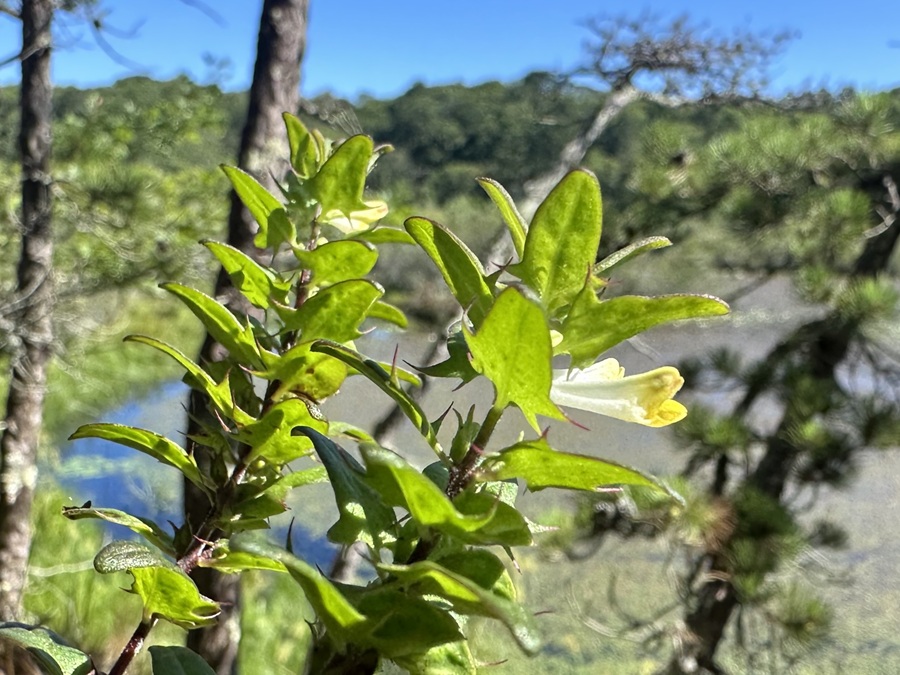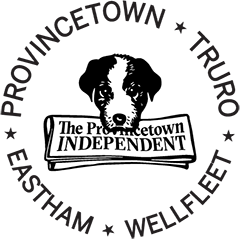
A tiny flash of yellow draws the eye to the bloom of a low-lying plant — one that is otherwise growing rather inconspicuously on the floor of the Beech Forest. While the herbaceous annual probably goes unnoticed by most human passersby, the pine tree directly beside it might be keenly aware of its existence. That’s because Melampyrum lineare, or narrowleaf cow-wheat, is hemiparasitic: while capable of creating its own food from photosynthesis, it also draws nutrients from the roots of shrubs and trees like lowbush blueberry, red oak, sugar maple, or, in this specimen’s case, pitch pine.



